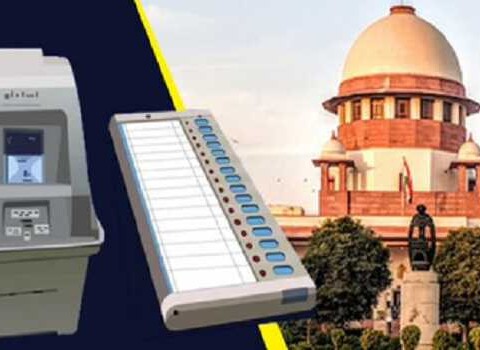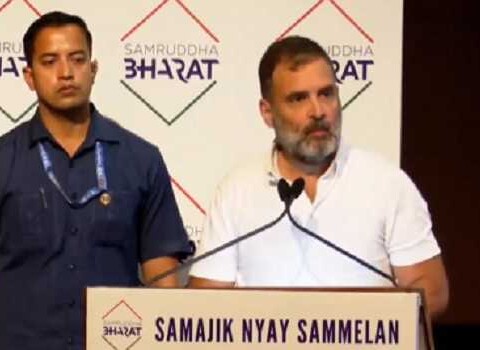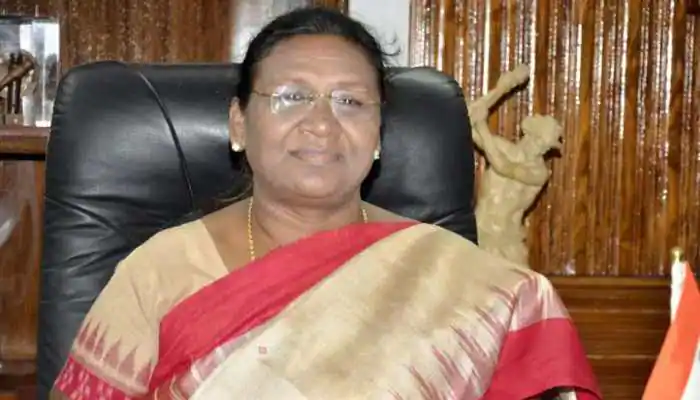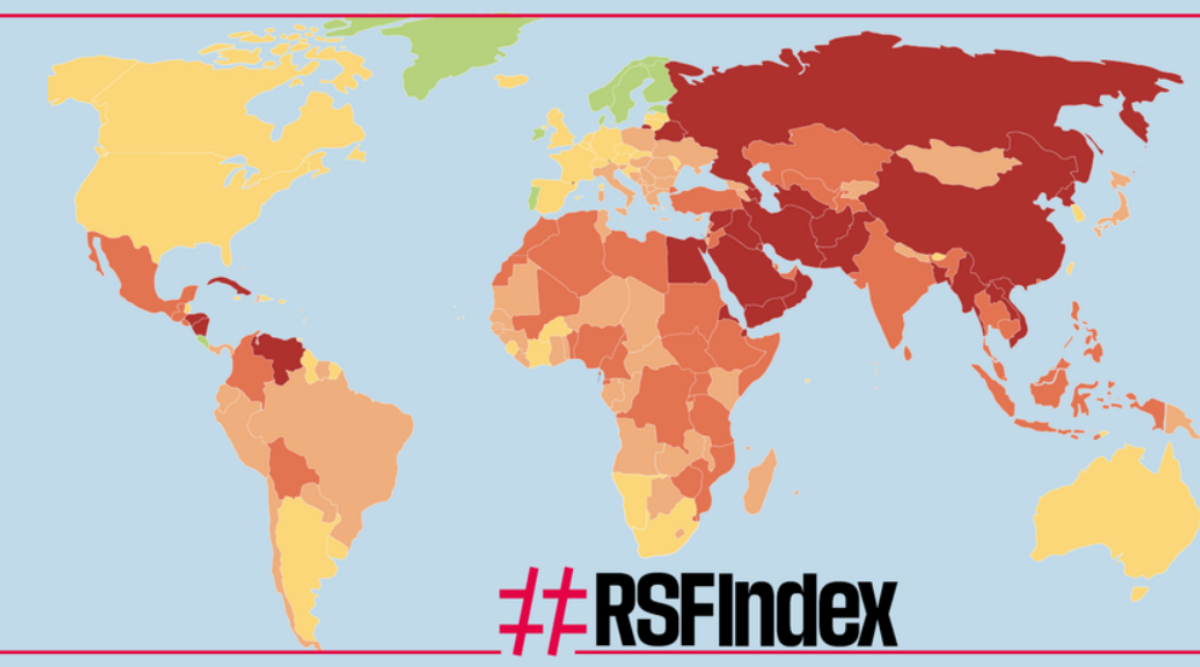Dr. Mir Anayat
 Scientific misconduct as per Swedish definition is: “Intentional distortion of the research process by fabrication of data, text, hypothesis, or methods from another researcher’s manuscript form or publication; or distortion of the research process in other ways.” There are no “scientific police” who are trained to fight scientific crimes; all investigations are made by experts in science but amateurs in dealing with criminals. It is relatively easy to cheat although difficult to know exactly how many scientists fabricate data. A good reputation relies largely on the publication of high-profile scientific papers and this may motivate desperate (or fame-hungry) scientists to fabricate results.
Scientific misconduct as per Swedish definition is: “Intentional distortion of the research process by fabrication of data, text, hypothesis, or methods from another researcher’s manuscript form or publication; or distortion of the research process in other ways.” There are no “scientific police” who are trained to fight scientific crimes; all investigations are made by experts in science but amateurs in dealing with criminals. It is relatively easy to cheat although difficult to know exactly how many scientists fabricate data. A good reputation relies largely on the publication of high-profile scientific papers and this may motivate desperate (or fame-hungry) scientists to fabricate results.
Reporting scientific fraud poses challenge for investigative medical journalists. Detecting fraudulent behavior is beyond the means of medical reporters because of time, knowledge and economic constrains. But at the same time investigating known cases of scientific fraud and bringing them to the public attention are important tasks.
Lesley Grayson ,a British freelance writer and editor concludes that it may be necessary to admit publicly that the scientific process itself is riddled with opportunities for bias of various kinds which may shade into deception and certainly make nonsense of the objectively of scientific knowledge. They cannot deny that they are as influenced by personal ambition, professional enthusiasm, political leanings and corporate pressures as everyone else.
The following list provides a smorgasbord of deceptive behaviors among scientist.
- Inventing entire experiments complete with fictitious results.
- Inventing data and altering data.
- Suppressing inconvenient data, either by omitting specific data or by failing to report an entire experiment.
- Suppressing unwelcome projects, hypothesis or findings by unwarranted rejection of manuscript to publication or grant application.
- Designing an experiment so that its results are inevitable and do no test any hypothesis.
- Adopting invalid or dubious assumptions that bias experimental results or interpretation, failing to retract publication of work relied on assumptions now known to be invalid or dubious.
- Analyzing experimental results so that they appear to point in a predetermined direction.
- Interpreting experimental results in a way that supports a particular theory, without exploring alternate interpretations.
- Appropriating for personal gain research data, produced by others.
- Plagiarism: – presenting others data, analysis or ideas without credit.
10 Suppressing unwelcome projects, hypothesis or findings.
- Republishing findings for personal gain without referring to their previous publications.
Grayson notes that this list is not comprehensive. Many other inappropriate behaviors have been pointed out, such as publishing multiple versions of the same research paper, naming scientist as authors when they have had little or nothing to do with research and deliberately injecting bias or delay into the process of reviewing a research publication.
Whistle blowing, as important as it is to revelation of fraudulent behavior, can be a dangerous and distressing enterprise in medical science. Hence, when fraud does occur and is detected, there is great risk that witness will hold their tongue. Grayson notes “in a world in which whistle blowing is often regarded as more reprehensible than the conduct it address, it takes considerable courage for an insider to take action.”
A whistleblower is almost always alone in their fight – their career becomes completely dependent on the decision about alleged misconduct. If the accusations prove false, their career is completely destroyed, but even in case of positive decision the career of the whistleblower can be under question: their reputation of “troublemaker” will prevent many employers from hiring them. With the advancement of the internet, there are now several tools available to aid in the detection of plagiarism and multiple publication within biomedical literature and many other tools be used to detect fraudulent data including error analysis.
A report published in Science by Jocelyn Kaiser Nov. 9, 2015 which says Potti found guilty of research misconduct. Eight years after questions were first raised about the work of Duke University cancer researcher Anil Potti, federal officials have found Potti guilty of research misconduct. The findings bring to a close one of the most egregious U.S. scientific misconduct cases in recent years.
In 2006 Potti’s team published several papers in high-profile journals reporting that certain gene expression signatures predicted a patient’s response to chemotherapy. Two outside biostatisticians soon raised concerns about the studies. In 2010, Duke put Potti on administrative leave and suspended three clinical trials based on his work after The Cancer Letter, a newsletter in Washington, D.C., reported that Potti had padded his resume. Potti resigned a few months later.
Many of Potti’s papers were later retracted, and Duke faced a lawsuit filed by patients in the clinical trials. His troubles also led to an Institute of Medicine report that faulted Duke’s oversight and found broad problems in the cancer field with using gene signatures and other biomarkers to guide treatment.
Today, as first reported by the blog Retraction Watch, the federal Office of Research Integrity (ORI) released findings against Potti. Based on Duke’s investigation and ORI’s review, officials concluded that Potti had included false research data in a grant application, a submitted manuscript, and nine research papers. Among other problems, Potti altered data sets to make drug response predictors look more accurate.
The author is a medical practitioner with diploma in medical journalism. He is also trained in dug de-addiction from NIMHANS Bangalore.










